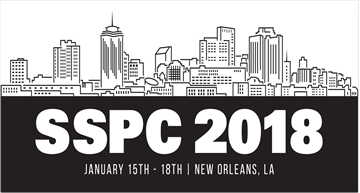Search
Online Conference Paper
View as
Sort by
Display
per page
Pressure Vessel Thickness Monitoring and Analyzing Using Linear Regression and Control Chart
Product Number:
51323-18821-SG
Publication Date:
2023
$20.00
Preventing Corrosion under Insulation in Piping - Trends after Evaluating Digital Data from Thousands of Piping Circuits
Product Number:
51323-18871-SG
Publication Date:
2023
$20.00
Preventing Emergency Landings: Addressing Jet Fuel Filter Clogging and Microbial Contamination
Product Number:
51324-20799-SG
Publication Date:
2024
$40.00
Primer For The Inspection, Testing, And Analysis Of Electrically Continuous Reinforced Concrete Structures
Product Number:
51322-17514-SG
Publication Date:
2022
$20.00
Proactive Cleaning, Maintenance and Inspection of Vessel Hulls Via Autonomous Robots
Product Number:
51323-19315-SG
Publication Date:
2023
$20.00
Proactive Corrosion Control Assessment to Treat Higher-Acidity Gas
Product Number:
51324-20773-SG
Publication Date:
2024
$40.00
Probabilistic Digital Twins For Transmission Pipelines
Product Number:
51321-16780-SG
Publication Date:
2021
$20.00
Probabilistic Techniques in Corrosion Modelling and Remnant Life Prediction
Product Number:
51324-20902-SG
Publication Date:
2024
$40.00
Procedures for Heat Treating Fabricated Equipment of Zirconium Alloys
Product Number:
95251
Publication Date:
1995
$20.00
Process Development for Mechanistic Corrosion Models: Building, Validating, and Leveraging for Robust Outcomes
Product Number:
51324-20871-SG
Publication Date:
2024
$40.00
Properties of Splash Zone and Immersion Coatings
Product Number:
51320-14634-SG
Publication Date:
2020
$20.00












